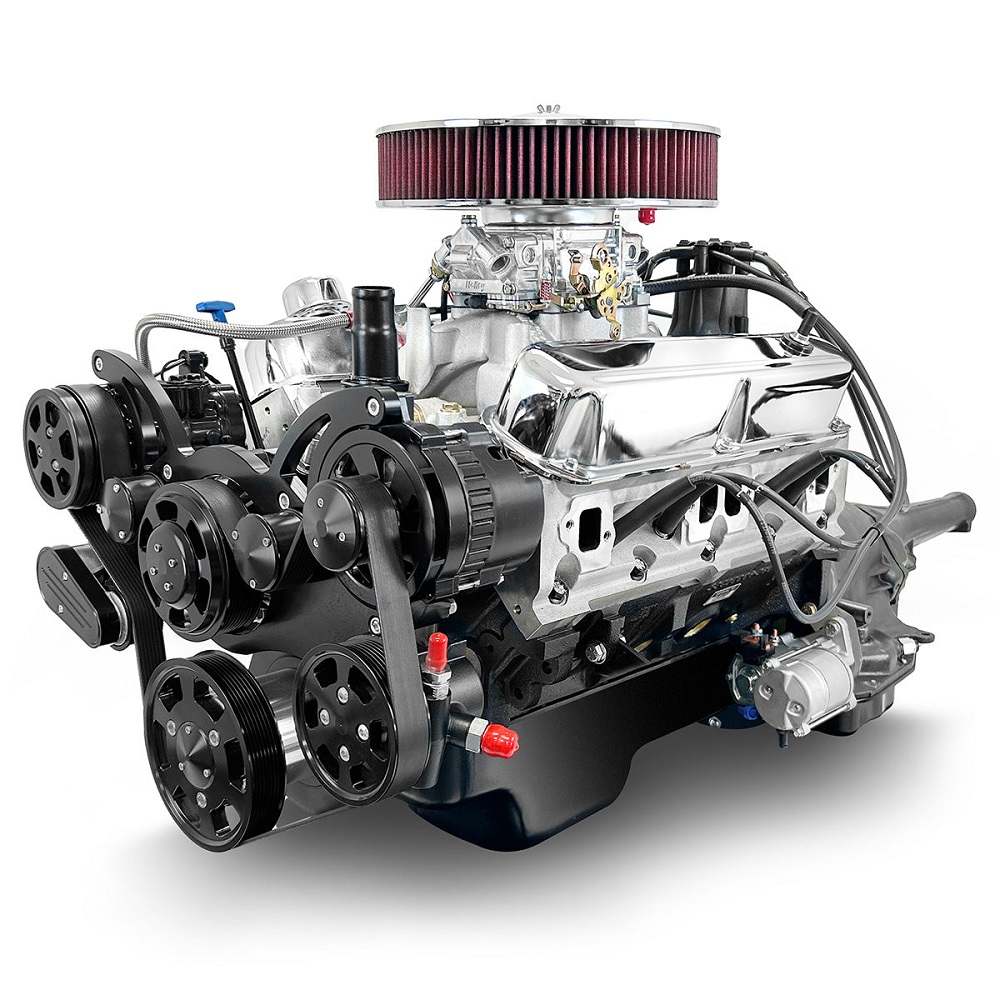The Malibu engine represents a critical component in the iconic Chevy Malibu, a sedan that has enjoyed a long history in the automotive market. Known for its blend of style, comfort, and performance, the Malibu is a popular choice among consumers looking for reliability in a midsize vehicle. The engine plays a significant role in its overall performance and efficiency. This article delves into the specifics of the Malibu engine, exploring its various specifications, unique features, and what makes it stand out in a competitive market.
History of the Malibu
1. Overview of the Malibu Brand
The Chevrolet Malibu was first introduced in 1964 as a variant of the Chevelle. Throughout the years, the Malibu has undergone several redesigns and updates, adapting to changing consumer preferences and automotive trends. The vehicle gained popularity due to its spacious interior, comfortable ride, and reputation for dependability. As the automotive landscape evolved, so did the Malibu, leading it to become one of Chevrolet’s enduring models.
2. Transition to Modern Engines
With each generation, Chevrolet has incorporated advancements in engine technology into the Malibu lineup. The shift from traditional carburetors to more efficient fuel injection systems marked a significant change in engine performance. This evolution continued as environmental regulations became stricter, prompting manufacturers to improve fuel efficiency and reduce emissions. The latest Malibu engines reflect these advancements while maintaining the vehicle’s renowned reliability.

3. Current Models and Variants
The current Malibu models feature several engine options, catering to different driving preferences. Most recent models showcase a blend of turbocharged engines that focus on both power and efficiency. As the automotive industry leans toward eco-friendly solutions, the Malibu aligns itself with these trends by offering competitive performance while minimizing environmental impact. The recent focus on hybrid technology represents a future-oriented approach to engine design for the Malibu.
Engine Specifications
1. Engine Configurations
The Malibu is equipped with various engine configurations, including inline-four engines and turbocharged options. The standard 1.5L turbocharged inline-four engine provides an adequate balance of power and fuel efficiency for everyday driving. In contrast, a 2.0L turbocharged engine option delivers more horsepower and torque, catering to those seeking a sportier driving experience. The choice of engine allows consumers to select the model that best suits their lifestyle and preferences.
2. Power Outputs
Engine power output is crucial for determining a vehicle’s performance capabilities. In the case of the engine power reduced Chevy Malibu, the 1.5L turbocharged engine typically produces around 160 horsepower and 184 lb-ft of torque. These figures provide decent acceleration and responsiveness, making it suitable for daily commutes but indicating a more restrained performance compared to higher-output models. On the other hand, the 2.0L option, with approximately 250 horsepower and 260 lb-ft of torque, significantly steps up the performance. This added power enhances overall driving dynamics, making it an appealing choice for those looking for a little extra excitement behind the wheel or seeking more capability than the reduced power output model offers.
3. Fuel Efficiency Metrics
Fuel efficiency is a vital consideration for modern consumers, especially in an era of rising fuel prices. The Malibu’s engines are engineered to deliver competitive mpg ratings. The 1.5L turbo engine boasts EPA ratings of around 29 mpg in the city and 36 mpg on the highway, making it an economical choice for daily commutes. The more powerful 2.0L turbo engine, while offering a boost in performance, still maintains respectable fuel economy figures, averaging around 22 mpg in the city and 32 mpg on the highway. These metrics demonstrate the balance between performance and efficiency that the Malibu achieves in its engine offerings.
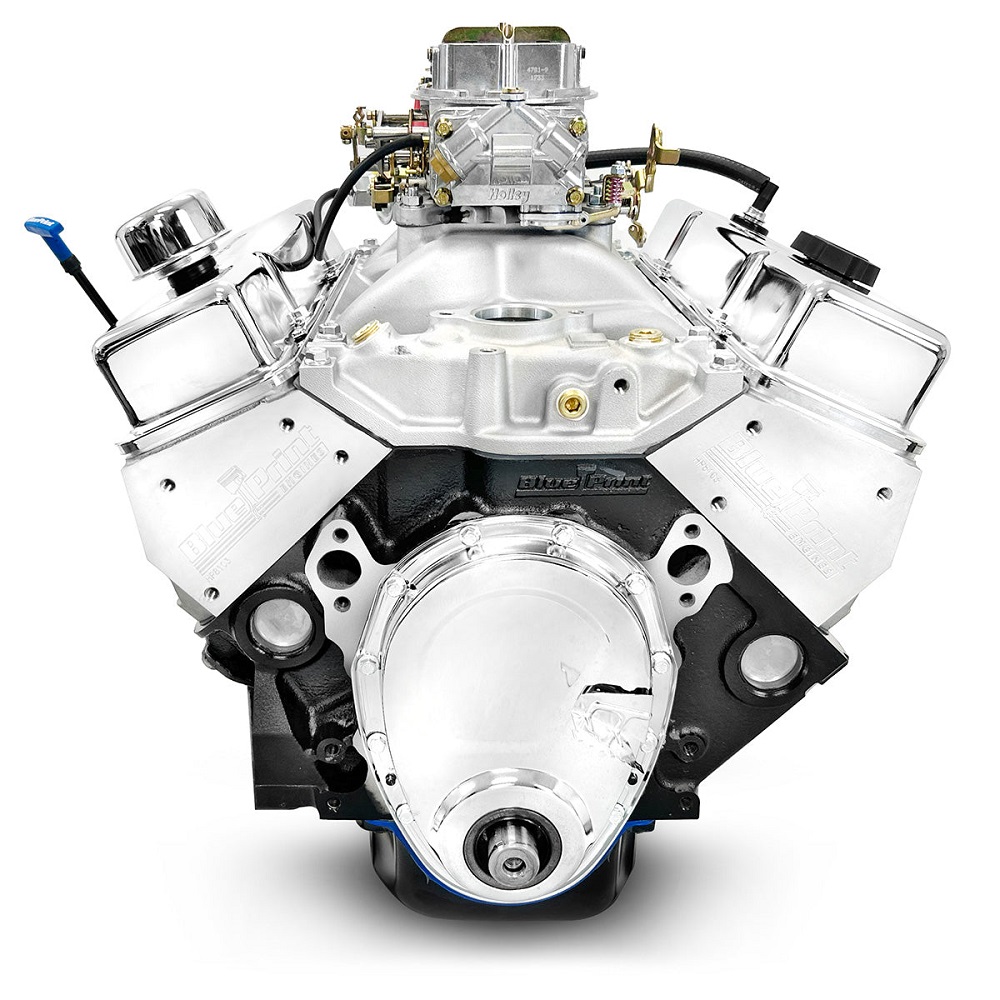
Advanced Features of the Malibu Engine
1. Turbocharging Benefits
Turbocharging is a defining feature of the Malibu engine lineup. By forcing more air into the combustion chamber, turbocharged engines can extract more power from a smaller displacement compared to naturally aspirated engines. This technology enhances performance without significantly increasing fuel consumption. Drivers can enjoy a responsive acceleration experience while benefiting from improved fuel economy, making turbocharged engines an appealing option for a range of driving scenarios.
2. Eco Mode Functionality
Many modern Malibu vehicles come equipped with an eco mode intended to optimize fuel efficiency further. When activated, eco mode adjusts various parameters, including throttle response and transmission shifts, to promote a more efficient driving style. This feature encourages drivers to adopt habits that can further enhance fuel savings, especially during highway cruising and urban commuting. Eco mode demonstrates Chevrolet’s commitment to developing vehicles that align with the growing focus on sustainability.
3. Engine Safety Features
Safety is a significant consideration in modern vehicle design, and Malibu engines incorporate various features to ensure optimal performance under diverse conditions. Engine temperature monitoring systems help prevent overheating, while oil pressure gauges can alert drivers to potential issues. In addition, the engine management system uses advanced diagnostics to identify problems, allowing for timely intervention. These safety measures contribute to the overall reliability of the Malibu, ensuring that drivers can have peace of mind during their journeys.
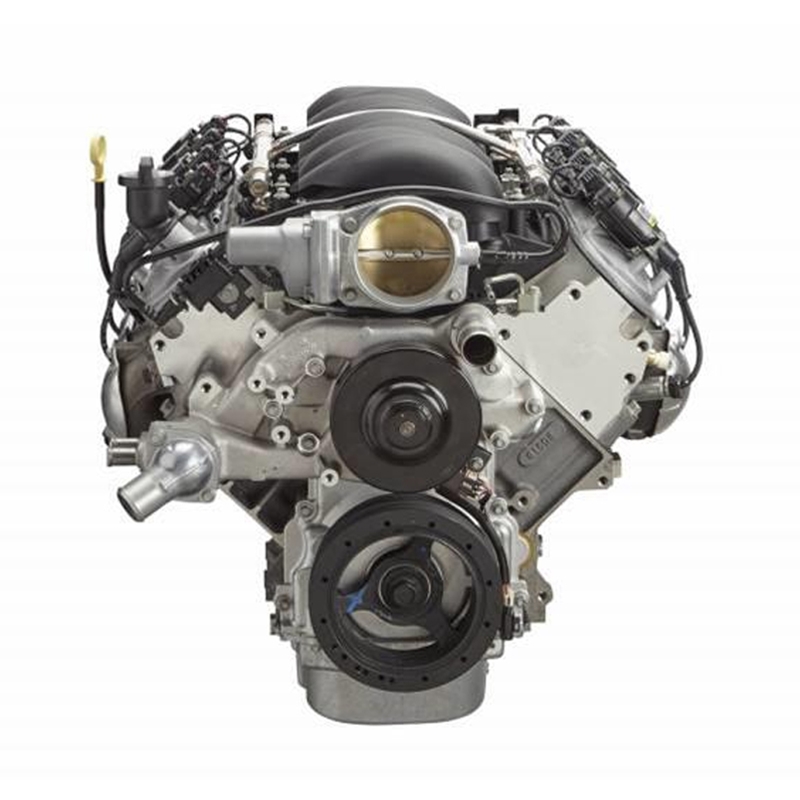
Performance on the Road
1. Acceleration Capabilities
One of the most noticeable aspects of driving a Malibu is its acceleration capabilities. The 1.5L turbo engine provides adequate acceleration for everyday scenarios, allowing for smooth merges onto highways and confident overtaking maneuvers. With immediate throttle response, drivers will find that the engine performs well in both city and highway conditions. The 2.0L turbo engine takes this performance to the next level, delivering exhilarating acceleration that allows for dynamic driving experiences. This immediate power delivery is ideal for those wanting a sportier feel behind the wheel.
2. Handling and Stability
The Malibu’s engine plays an essential role in its overall handling and stability. The well-balanced weight distribution resulting from the engine design contributes to a smooth and stable ride. This is particularly important when navigating winding roads or making sharp turns. The advanced suspension system further enhances the driving experience, providing a comfortable ride without compromising performance. Drivers often note that the Malibu feels connected to the road, instilling confidence, especially during spirited drives.
3. Noise Reduction Features
Comfort extends beyond the engine’s performance; it also involves minimizing distractions such as engine noise. The Malibu’s engineering incorporates sound-deadening materials and design features that reduce cabin noise levels while driving. This attention to detail results in a quieter ride, allowing drivers and passengers to enjoy conversations or music without excessive interruption. The ability to maintain a peaceful cabin atmosphere enhances the overall experience of driving a Malibu.
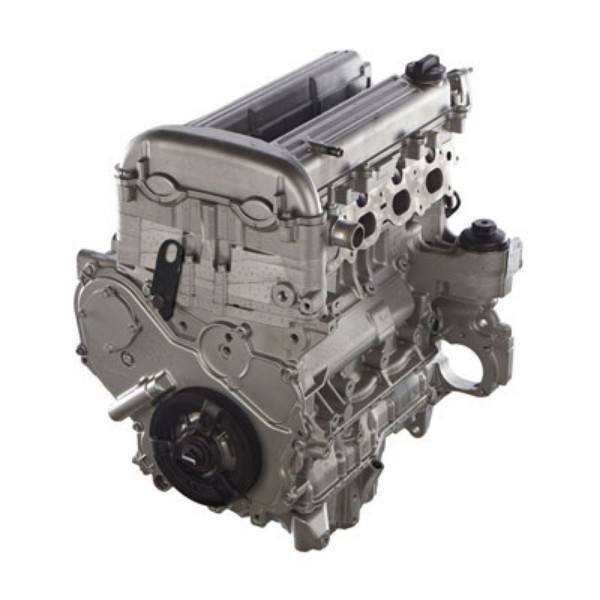
Maintenance and Care
1. Importance of Regular Maintenance
Proper maintenance is essential to ensuring the longevity and performance of the Malibu engine. Following the manufacturer’s recommended service schedule will help keep the engine running smoothly. Regular oil changes, coolant inspections, and air filter replacements are crucial in preventing premature wear and tear on the engine components. Investing in routine maintenance can ward off costly repairs and enhance the overall lifespan of the engine.
2. Common Maintenance Practices
Some common maintenance practices for the Malibu engine include checking and replacing spark plugs, inspecting belts and hoses, and monitoring fluid levels. Keeping an eye on engine oil and transmission fluid will help maintain optimal performance. Many drivers choose to keep a log of maintenance activities, making it easier to track service intervals. Regularly scheduled checks can prevent issues that arise from neglecting engine care and lead to a better driving experience.
3. Addressing Common Engine Issues
Understanding potential engine issues is important for maintaining the Malibu’s reliability. Some common problems include overheating, oil leaks, and misfiring. Early detection of these signs allows for quick intervention, reducing the risk of more serious complications. Mechanics often recommend conducting diagnostics to identify underlying issues, particularly if a check engine light illuminates on the dashboard. Proactive measures can ensure that issues are addressed before they lead to significant repairs.
The Future of Malibu Engine Technology
1. Advancements in Engine Design
As technology continues to evolve, advancements in engine design are expected to shape the future of the Malibu engine. Manufacturers are exploring ways to improve fuel efficiency while increasing power output, focusing on lightweight materials and aerodynamics. The integration of hybrid and electric technologies can also be anticipated. As consumer demand for sustainable driving options grows, the next generation of Malibu engines may incorporate advanced technologies that enhance both performance and eco-friendliness.
2. Emphasis on Sustainability
Sustainability is becoming a crucial factor in automotive design, and manufacturers are prioritizing reducing emissions. Future Malibu engines may be equipped with renewable fuel capabilities, making them more environmentally friendly. As governments implement stricter regulations on emissions, investing in technology that meets these standards will be vital for maintaining competitiveness in the market. This emphasis on sustainability will likely influence the design and production of Malibu engines in the coming years.
3. Integration of Smart Technologies
The future of the Malibu engine may also see the integration of smart technologies that enhance connectivity and performance. Advanced engine management systems could monitor driving habits and provide real-time data to optimize performance based on conditions. Features such as smartphone integration may also allow drivers to manage vehicle settings remotely. This technology-driven approach will not only improve efficiency but also enhance the overall driving experience.
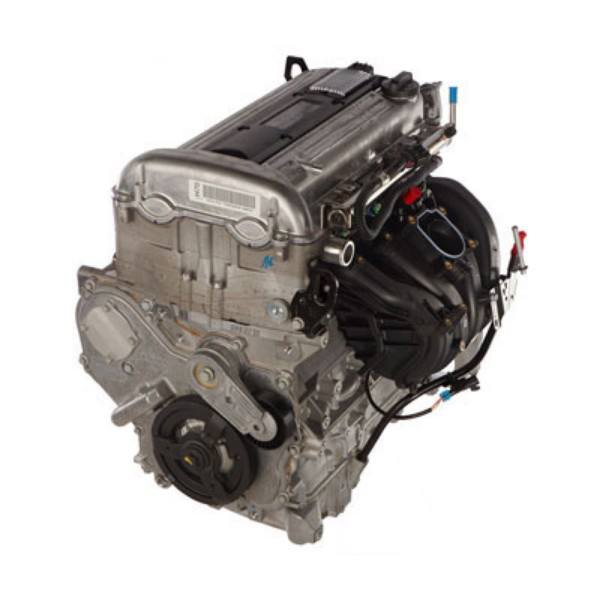
Conclusion
The Malibu engine, characterized by its range of specifications and features, is a vital component of Chevrolet’s popular sedan. Its design emphasizes performance, fuel efficiency, and a smooth driving experience, making it an appealing choice for many consumers. By understanding the inner workings of the Malibu engine and the significance of regular maintenance, car owners can ensure their vehicles remain reliable over time.
As the automotive industry moves toward innovative technologies and sustainable practices, the future of the Malibu engine looks promising. With ongoing advancements in engine design, fuel efficiency, and smart technologies, drivers can expect an increasingly outstand automobile experience.
Investing in a Malibu powered by a reliable engine can bring peace of mind to drivers and families. As you explore the world of modern vehicles, let the Malibu serve as a testament to the blend of performance, efficiency, and comfort, ensuring every drive is memorable. By keeping your vehicle well-maintained and embracing the evolution of engine technology, your experience behind the wheel of a Malibu will always be enjoyable and fulfilling.
